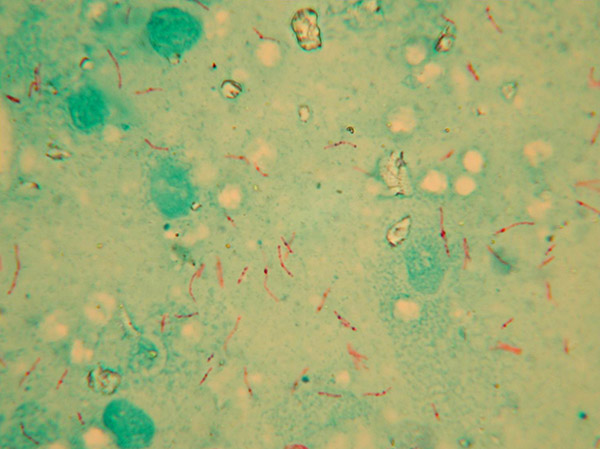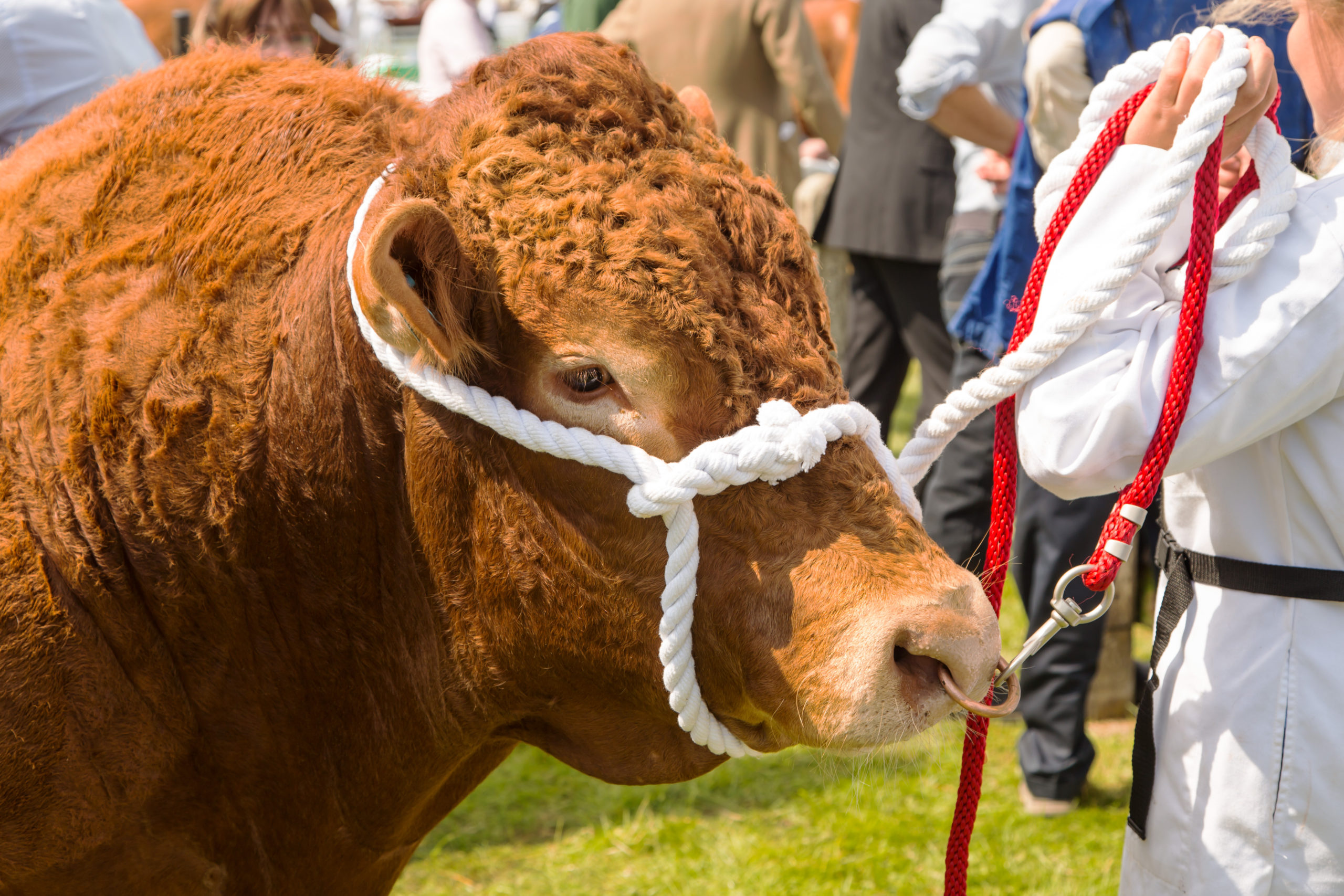What is bovine tuberculosis?
Bovine tuberculosis is an infectious disease of cattle. It is caused by the bacterium Mycobacterium bovis (M. bovis). The bacterium can also infect and cause disease in badgers, deer, goats, pigs and camelids (llamas and alpacas), as well as many other mammals. In cattle, TB is primarily a chronic respiratory disease but clinical signs are rare.
Bovine TB is a zoonotic disease, which means that it can be naturally transmitted from animals to humans under certain conditions. With a comprehensive TB eradication plan in place in the UK, human cases of TB caused by M. bovis infection are rare, but it can cause significant problems in developing countries. Bovine TB is one of the biggest challenges facing the UK cattle farming industry today, particularly in parts of Wales, the West and South West of England.
In the UK, public health controls such as routine pasteurisation of milk are highly effective at preventing M. bovis infection in humans. The majority of cases are due to reactivation of latent infection in UK-born people over 65 years old, who likely contracted M. bovis infection before the widespread adoption of milk pasteurisation. A few cases are diagnosed in people who have travelled or were born abroad. More information about M. bovis infection in humans is available on GOV.UK along with guidance on reducing the risk of human infection with M. bovis.
How is M.bovis spread?
Cattle to cattle is the primary transmission route, but the disease can also pass from cattle to badgers and badgers to cattle, through direct or indirect contact. The links between badgers, cattle and TB infection were first suspected in the early 1970s and subsequently proven beyond doubt. Professor Sir John Krebs concluded in his 1997 report that there was “compelling evidence” that badgers transmit TB to cattle.
Various reports (Zuckerman and Dunnet) submitted to the government, concluded that the badger is the most important wildlife reservoir of M. bovis in the UK and it is involved in the maintenance and transmission of the disease to cattle. Where there is no reservoir of disease in wildlife, strict surveillance testing and control measures can be enough to eradicate the disease, and this has been achieved in Scotland and many EU countries.
Bovine TB is mainly a respiratory disease, caught by inhaling M. bovis bacteria. This usually happens when animals are in close contact with each other, so animal density is a major factor in the transmission of M. bovis. Bacteria released into the air through coughing and sneezing can spread the disease to uninfected animals.
Direct transmission can happen through nose to nose contact. Indirect transmission is also possible through contact with urine, faeces, pus from abscesses, etc. Food and water contaminated with the bacterium can also be a source of infection. M. bovis can also be transmitted from infected cows to their offspring during suckling, and through the feeding of infected unpasteurised (raw) waste milk to calves. Cattle grazing areas where infected badgers have been present are exposed to a risk of infection.
Bovine TB Risk Map for Great Britain
Area Information
Please select a location on the map for further information.
England
Edge Area (six month)
Edge Area (annual)
High Risk (six month)
High Risk (annual)
Low Risk Area
Wales
High TB
Intermediate TB
Low TB
Scotland & Isle of Man
OTF (Officially TB Free)



